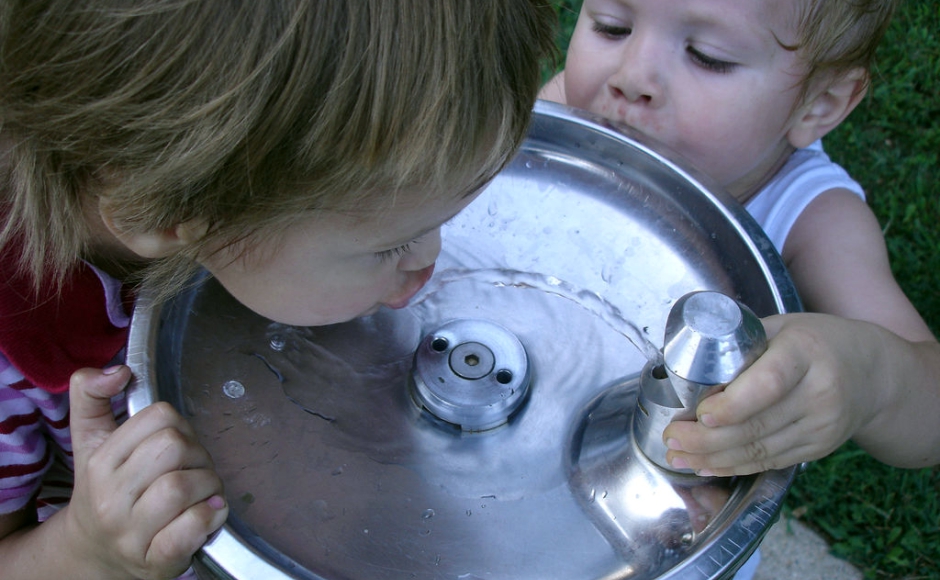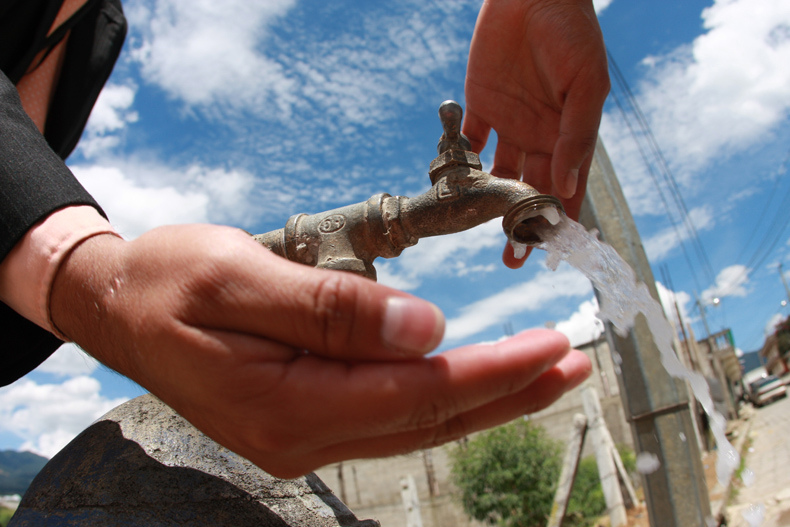A statewide mandate for water testing revealed 11 fixtures in four schools had elevated lead levels. The district has flushed the systems, replaced plumbing, and added signage to correct the results.
By Matt Skoufalos | March 29, 2017
Sinks and water fountains in four Collingswood public school buildings have tested positive for elevated levels of lead, the district announced Tuesday.
Of 210 connections in the district’s five elementary schools and middle-and-high-school campus, only 11 produced test samples that exceeded the 15 parts-per-billion (ppb) safety threshold established by the U.S. Environmental Protection Agency (EPA).
After flushing nine of the 11 water sources and testing them again, eight returned samples that were within the 15 ppb EPA threshold.
Nonetheless, the district is replacing plumbing at eight of the sites, and labeling the other three with signage that reads “Do Not Drink – Safe for Hand Washing Only.”
The testing was conducted in compliance with a July 2016 state mandate requiring immediate lead testing of all drinking water sources in New Jersey schools. Repairs will cost an estimated $550, and have all but been completed, Collingswood Superintendent of Schools Scott Oswald said Tuesday.
“We believe any sources that tested higher than the acceptable levels are caused by the local plumbing, so we will replace those where indicated, and retest,” Oswald said.
Although in-building water systems are flushed daily, the testing completed in February marks the first time the district has checked every incoming water source, Oswald said. Collingswood monitors water quality weekly at its local treatment facility and provides an annual report card.
Water quality has become a national concern amid the public crisis in Flint, Michigan, yet the top source of childhood lead poisoning nonetheless remains lead paint dust. It’s of significant concern in New Jersey, where most of the housing stock predates a 1978 national ban on the use of lead paint.
“There’s no safe level of lead, but you have to consume a lot of lead in water for it to be a problem,” said Kelly McLaughlin, Program Coordinator for the Southern Regional Lead and Healthy Homes Coalition, a program of the Pennsauken-based, nonprofit Southern New Jersey Perinatal Cooperative.
By comparison, a sugar packet’s worth of lead dust can cause irreversible brain damage in children, McLaughlin said. As lead paint degrades over time, particularly on high-contact surfaces, like door and window frames, more of that dust is scattered into breathable particles. Adults’ bodies are bigger, denser, and better at filtering it out, but growing children don’t have the same ability to do so.
To address the issue, the coalition provides home testing kits that can detect the presence of lead. They are free to any household in South Jersey (to request a kit, call 1-888-722-2903).
In the meantime, McLaughlin offered a few tips for parents to safeguard their homes. Running faucets full-blast on cold for 30 seconds before use should flush out any sediment that may have collected in fixtures. Precautions should also be taken before doing any home repairs or remodeling, she said.
“We live in an age where renovations in your homes are costly and people want to do it yourself,” she said. “Hire licensed professionals, or use duct tape or contact paper over painted surfaces to minimize lead dust.”
Even though lead is a naturally occurring element, there is no safe amount of lead exposure, and it has no known purpose to the function of the human body. Kids aged 6 and younger are at the greatest risk of harm from lead exposure. The EPA has more information on lead and drinking water here.




